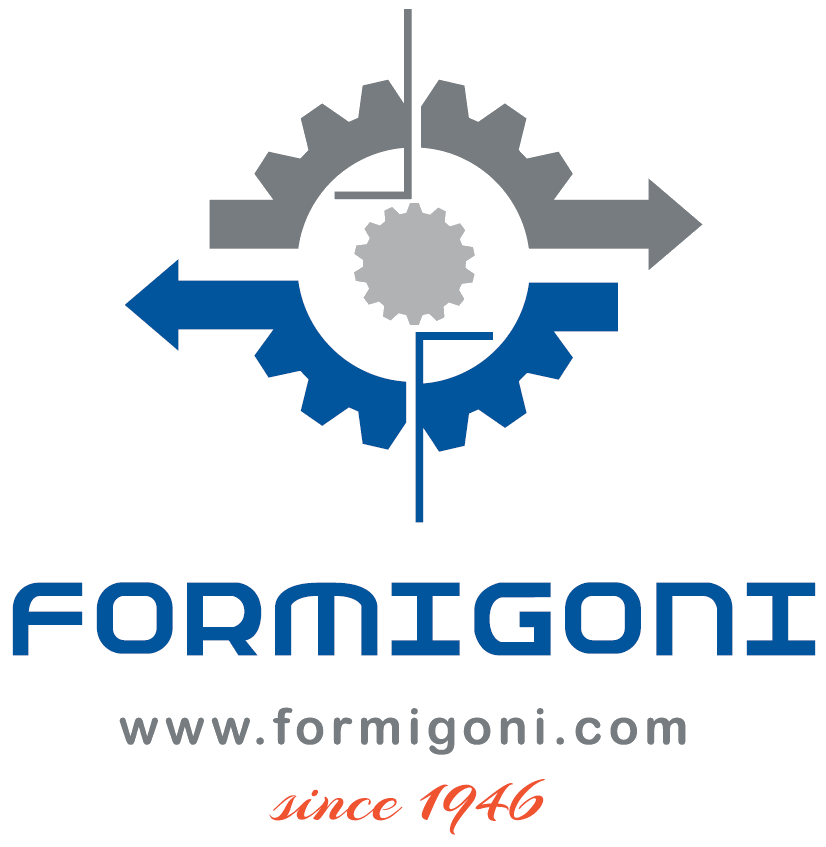
Activated Carbon • wood based | mineral based
different properties, specific applications
Activated Carbon is a porous material that is used for a variety of applications, including water treatment, air purification, and gas separation. The performance of Activated Carbon is determined by its physical and chemical properties.
Wood and mineral based activated carbon are two of the most common types of Activated Carbon. They are both made by heating a carbonaceous material, such as wood or coal, in the nearly absence of oxygen: this activation process creates a porous material with a large surface area, which is ideal for adsorbing contaminants.
Wood based activated carbon is made from wood (is typically made from softwoods, such as pine or fir). It is a good choice for applications where a high level of purification is required, such as in water filtration.
Mineral based activated carbon is made from coal (e.g. anthracite, lignite, bituminous and sub-bituminous coal). It is a good choice for applications where a high level of adsorption capacity is required, such as in gas purification and wastewater treatment. Mineral based activated carbon is also more resistant to chemical attack than wood based activated carbon.
Vegetable activated carbon is typically obtained from nutshells (e.g. coconut): the resulting activated carbon is a highly porous material with a large surface area. This makes it an excellent adsorbent for a variety of tasks.
Ultimately, the best type of activated carbon for a particular application will depend on the specific requirements of that application.
| raw material | available types |
|---|---|
 |
 |
specific performances • adsorption index | BET
Some activated carbons with higher adsorption index may not have better adsorption performance for certain tasks than some carbons with lower adsorption index, and the resulting adsorption capacity may be smaller. This is because the adsorption capacity of activated carbon is not only related to the specific surface area, but more importantly, it is related to the pore size distribution.
Wood based activated carbons have a high surface area and a large pore size. This makes it good at adsorbing large molecules (e.g. decolorizing, removing impurities from liquids and water). For liquid-phase adsorption, macropores mainly provide channels for the diffusion of adsorbates, allowing them to diffuse into transition pores and micropores. The adsorption of macromolecular organics in liquids mainly relies on transition pores, which in turn are channels for small molecular organics to reach the micropores. If a certain type of carbon has a high proportion of micropores and a small number of transition pores and macropores, although its adsorption index is high, the diffusion channels of organic matter in the liquid are quickly blocked, and the adsorption capacity may not result to be high.
Mineral based activated carbons are typically made from coal, and has a lower surface area and a smaller pore size than wood based activated carbon. However, it is more effective at adsorbing small molecules, such as gases and vapors (e.g. VOCs). Mineral activated carbon is often used for gas purification (such as SRU systems) and odor removal.
Coconut shell activated carbon are showing relatively high proportion of micropores and fewer macropores, resulting in a large specific surface area and high adsorption index: having a relatively high proportion of micropores and fewer macropores, will result this carbon to show good performances with only low-molecular-weight organics.
When you need to remove large molecules then wood based activated carbon would be a good choice. However, if you need to remove variable size molecules, from small to medium molecules, such as gas-phase VOC recovery systems (e.g. alcohols, acetates, toluene, etc), then the flexibility of the mineral activated carbon would be the right and best choice.
The best type of activated carbon for a particular application will depend on the specific needs of the application.
other factors
In addition to the properties mentioned above, there are a few other factors to consider when choosing the best activated carbon. These include the cost of the activated carbon, the purity of the activated carbon, and the availability of the activated carbon, including the location of the supplier (considering logistic costs and applicable custom duties). Wood based activated carbon is typically less expensive than mineral activated carbon. However, mineral activated carbon is generally more pure than wood based activated carbon, so less supportive to exothermic reactions and risks of fire.
China (CN) is the world's largest producer of coal, and it is also the largest producer of activated carbon for gas-phase adsorption. The United States (US) is the second largest producer of coal, and it is also a major producer of activated carbon. India (IN) and Australia (AU) are also major producers of coal, and they have some production of coal-based activated carbon.
The best type of activated carbon for a particular application will depend on the specific needs of the application.
conclusions
As we can see, the properties of activated carbon made from different types of materials vary widely. By understanding the properties of each type of activated carbon and the factors that are important for your application, DEC can assist you for the best choice for your needs.
